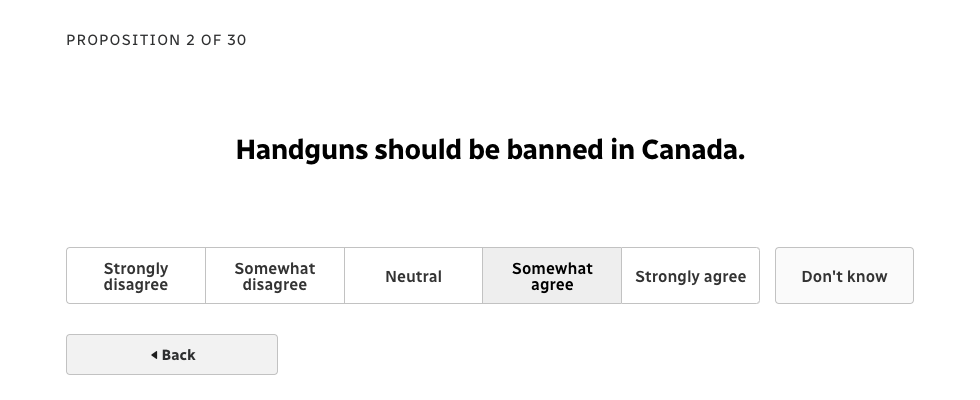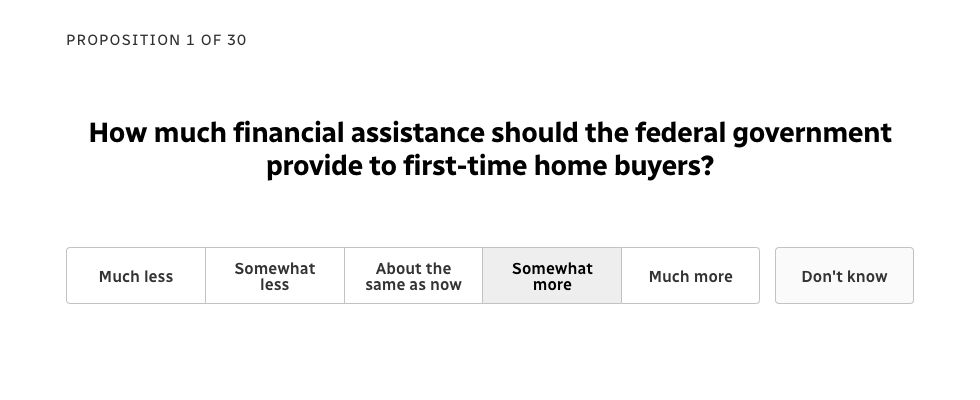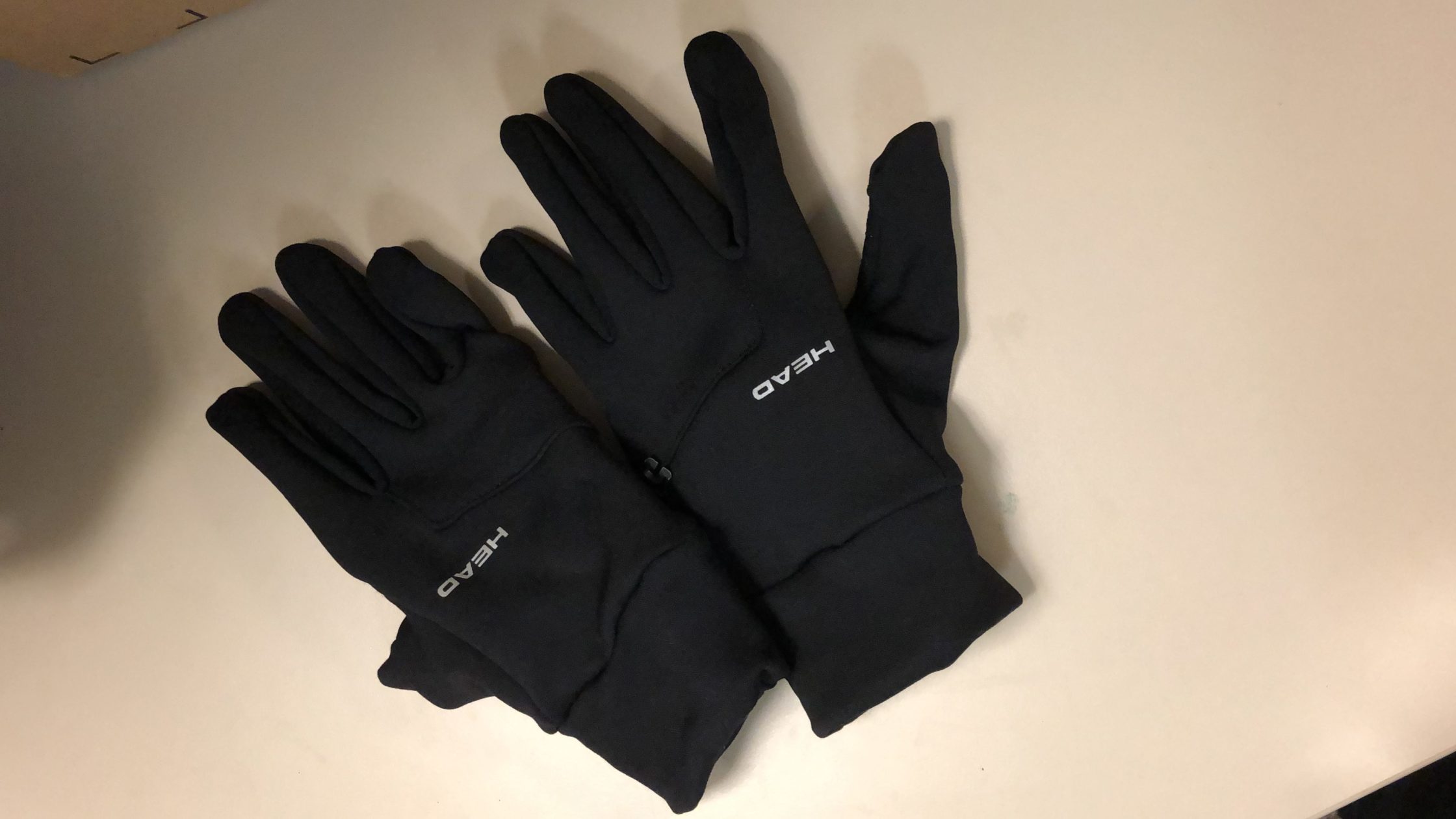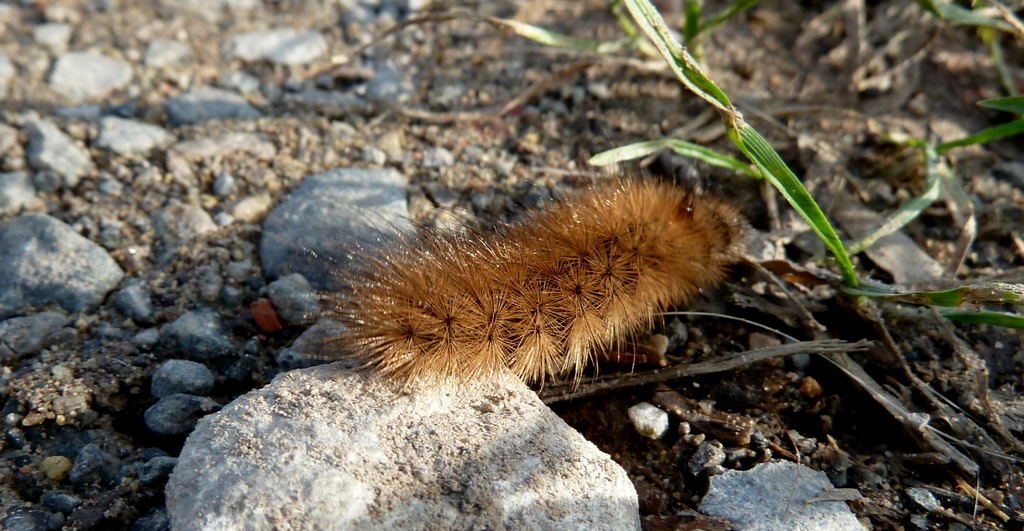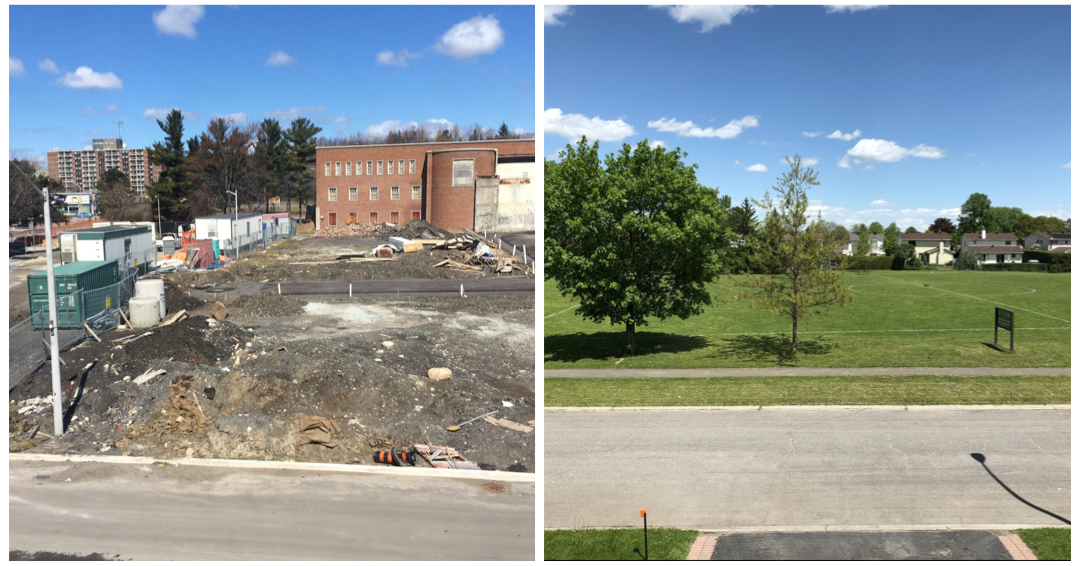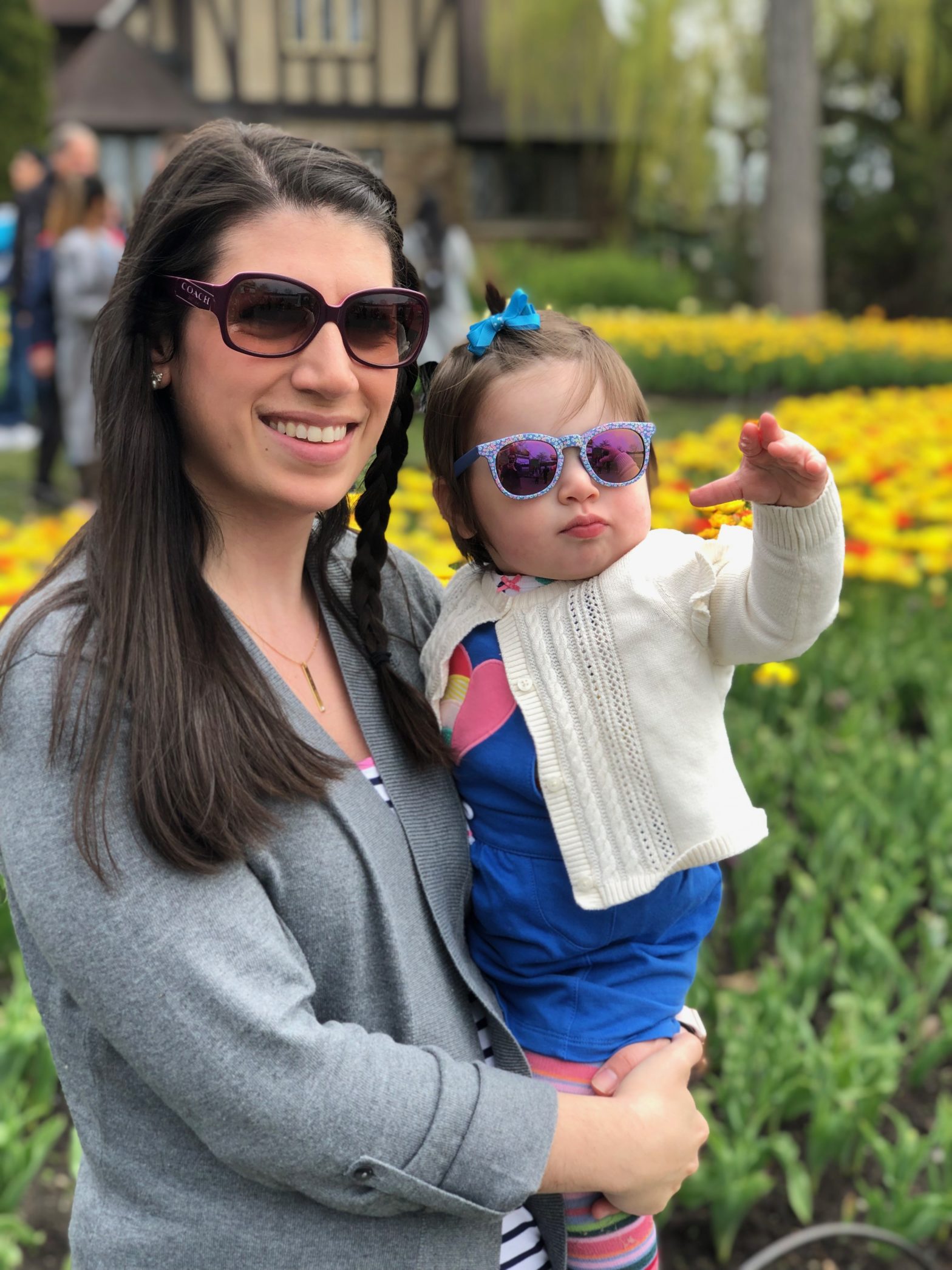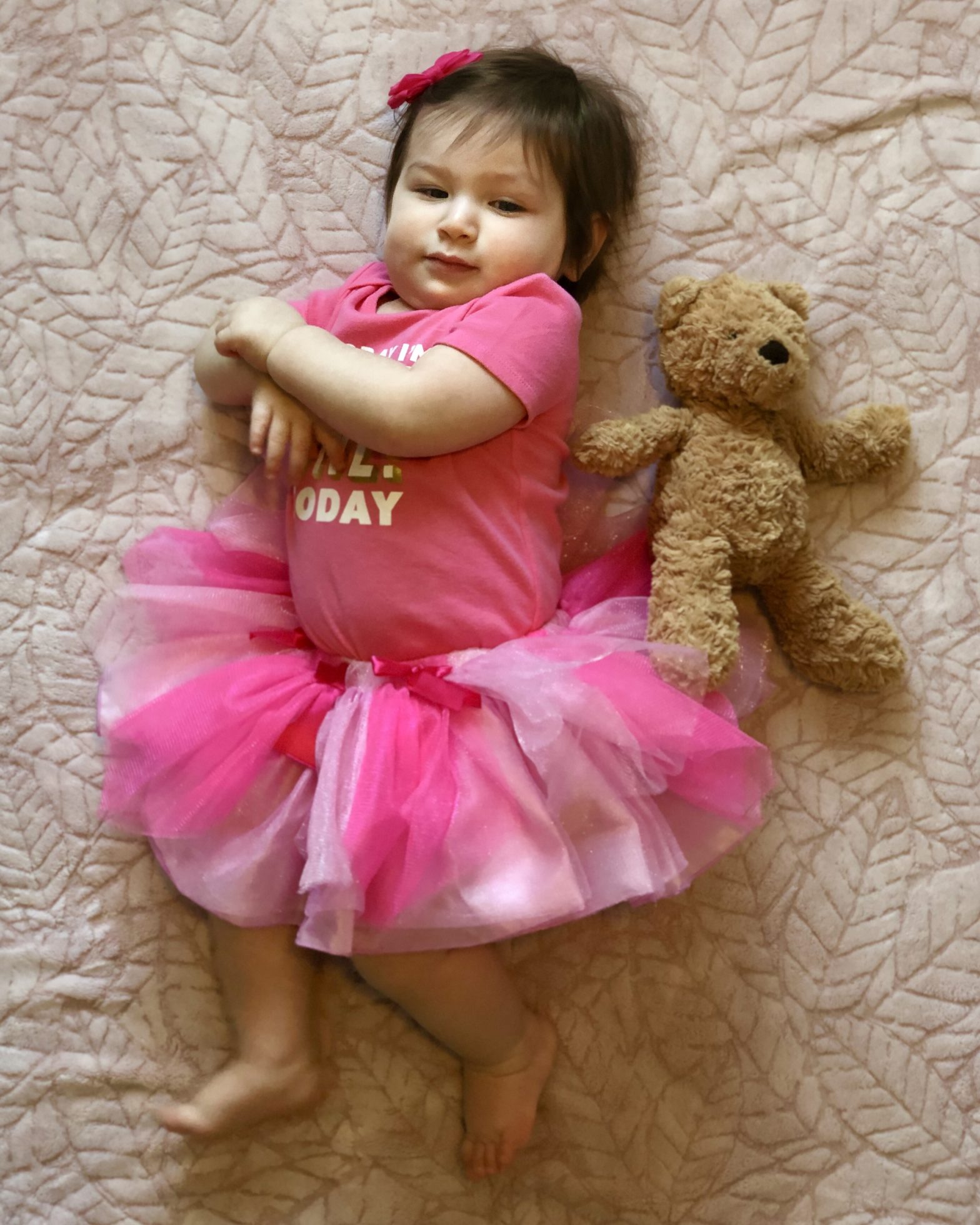
I am strongly against guns and violence in every way. I realize it’s a means to an end in circumstances of defending your freedom, but carrying or owning personal firearms for the ‘purposes’ of self-defense or security just seems completely backwards to me.
So, you’re probably thinking to yourself “Rob, why didn’t you put strongly agree?”. I see where you’re coming from. But I read the question and it talks about banning handguns, with no limits whatsoever, and I think that only works in principle. Would I love to live in a country with zero handguns (or other guns)? Absolutely! But if handguns are banned, but the law is only loosely or selectively enforced, it will be the lawless who own guns, and police will be at a disadvantage (again, the question could, and should, clarify).
I think that the police having guns is kind of important, but I also think that they need a LOT more training on how to use them safely, and especially on cultural sensitivity, issues around racism and mental illness, and de-escalation.
I do think that people should have the ability to purchase guns for some reasons, but that training to get a permit should be long and challenging, and that it should be renewed regularly (like lifeguarding or CPR training). And I also think that military-style weapons or automatic firing features on all guns should be made illegal, and that improper storage of firearms should also be severely punished.
Similarly, I think that you should need extra training if you want to own a gun and store it in an urban area, where things are very different than rural farms or places where you might actually need to protect yourself from wildlife or for other such uses.
Summary: After all of that, do I support the ban of handguns? Yes, clearly, but I also think it’s not that simple, and knowing what policy proposals parties have on this issue is very important in determining how I vote.
Table of Contents
- Making the CBC Vote Compass even better
- Proposition 1: First-time home buyers (FTHBs)
- Proposition 2: Handguns
- Proposition 3: Child Care
- Proposition 4: Health Care
- Proposition 5: Basic Income
- Proposition 6: Quebec Separatism
- Proposition 7: Unions
- Proposition 8: Climate Change
- Proposition 9: Reconciliation
- Proposition 10: Quebec Separatism (2)
- Proposition 11: Equalization Payments
- Proposition 12: Trans Pronoun Rights
- Proposition 13: Corporate Taxes
- Proposition 14: Abortion Services
- Proposition 15: Supervised Injection Sites
- Proposition 16: Oil and Gas Subsidies
- Proposition 17: Asylum Claims
- Proposition 18: Defecit Reduction
- Proposition 19: Immigration
- Proposition 20: Military Spending
- Proposition 21: Single-Use Plastics
- Proposition 22: Employment Insurance
- Proposition 23: Violence Against Indigenous Women
- Proposition 24: Wealth Tax
- Proposition 25: Gender-Balanced Cabinet
- Proposition 26: Pharmacare
- Proposition 27: Monarchy
- Proposition 28: Foreign Policy on Human Rights
- Proposition 29: Carbon Tax
- Proposition 30: Religious Minorities
- Propositions 31 & 32 (QOTD): Religious Symbols Ban
- Ways to Improve the CBC Vote Compass (Conclusion)

